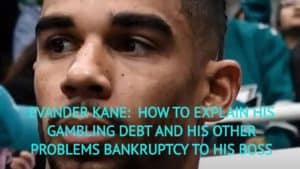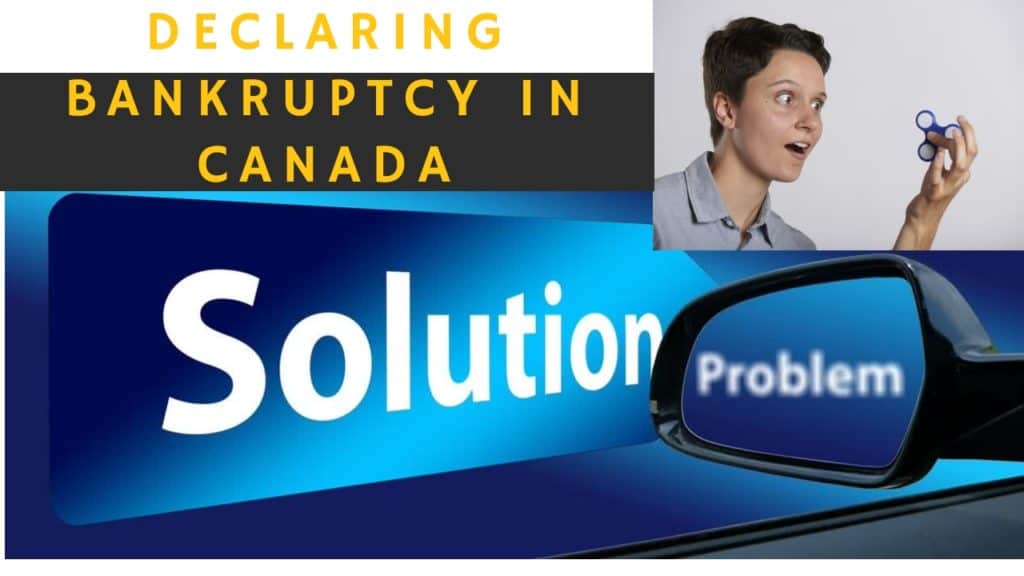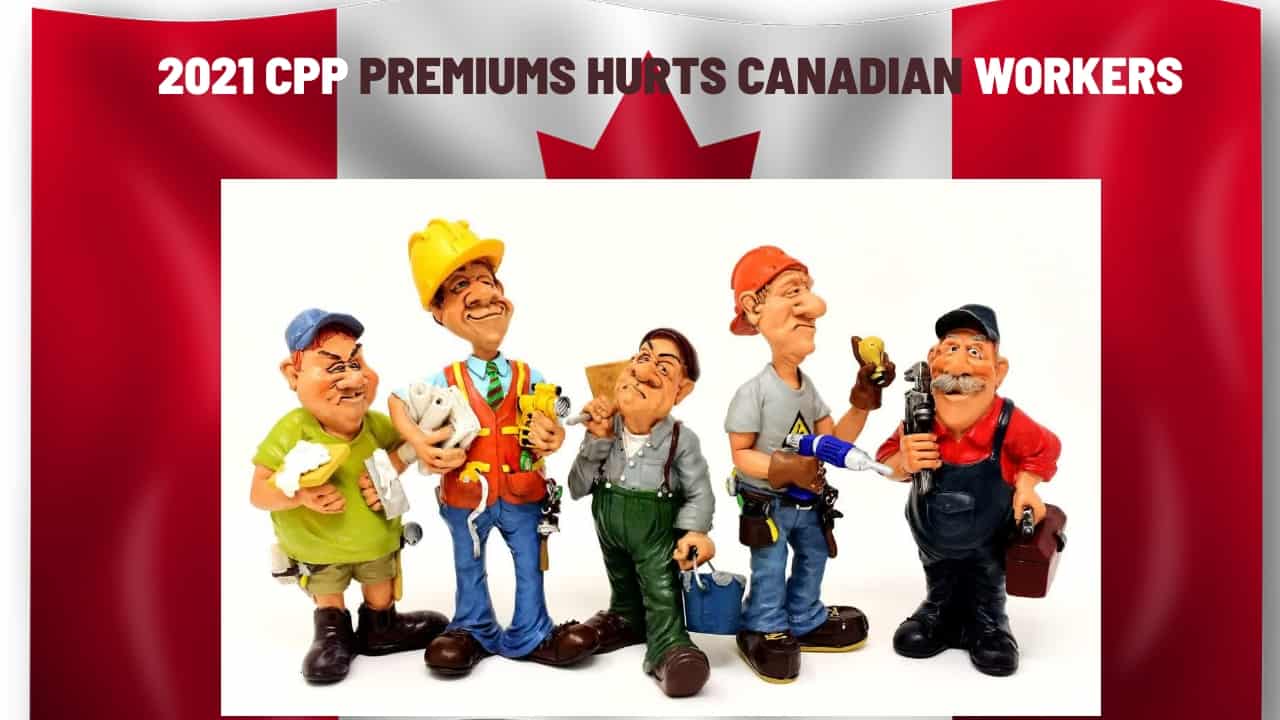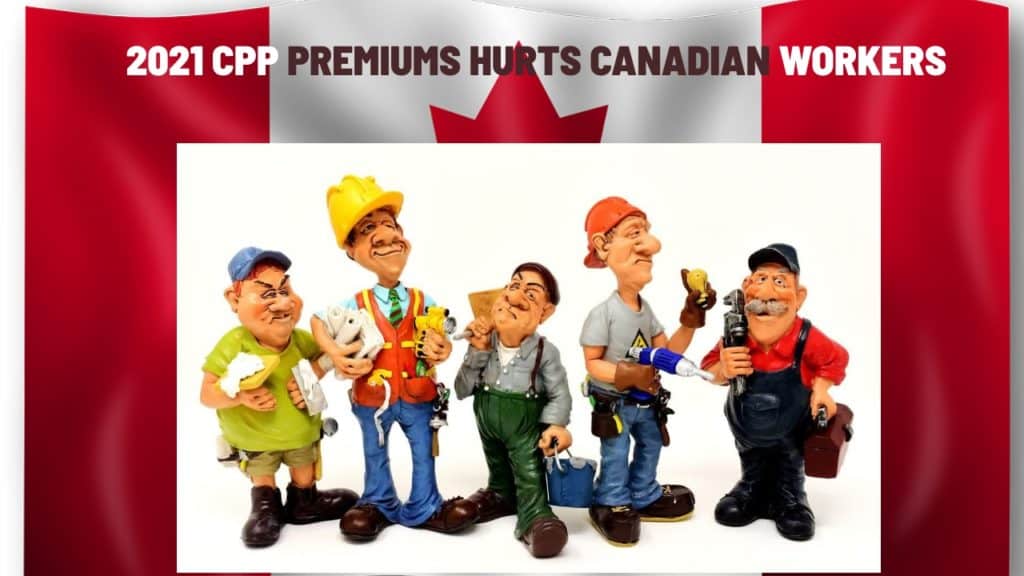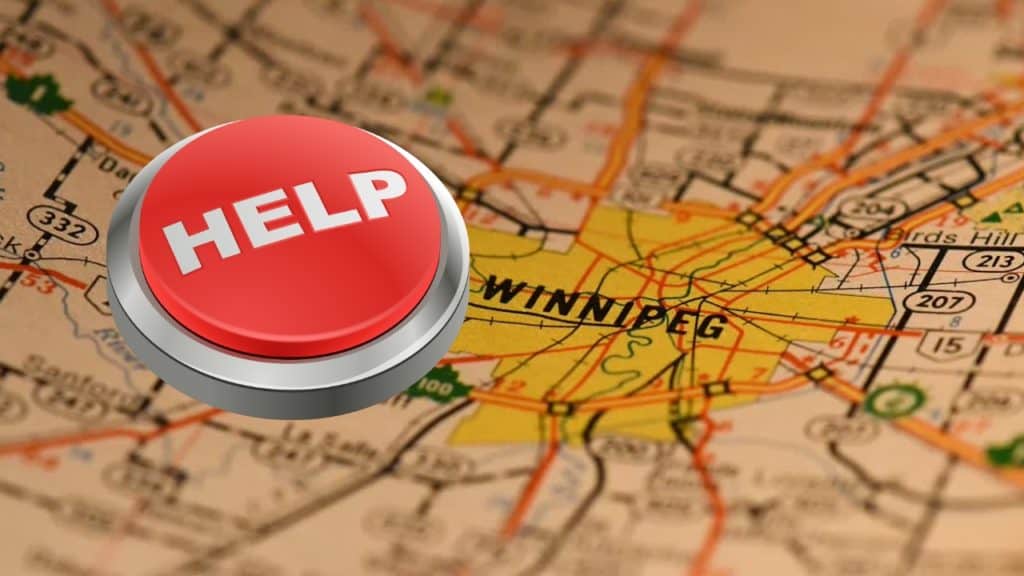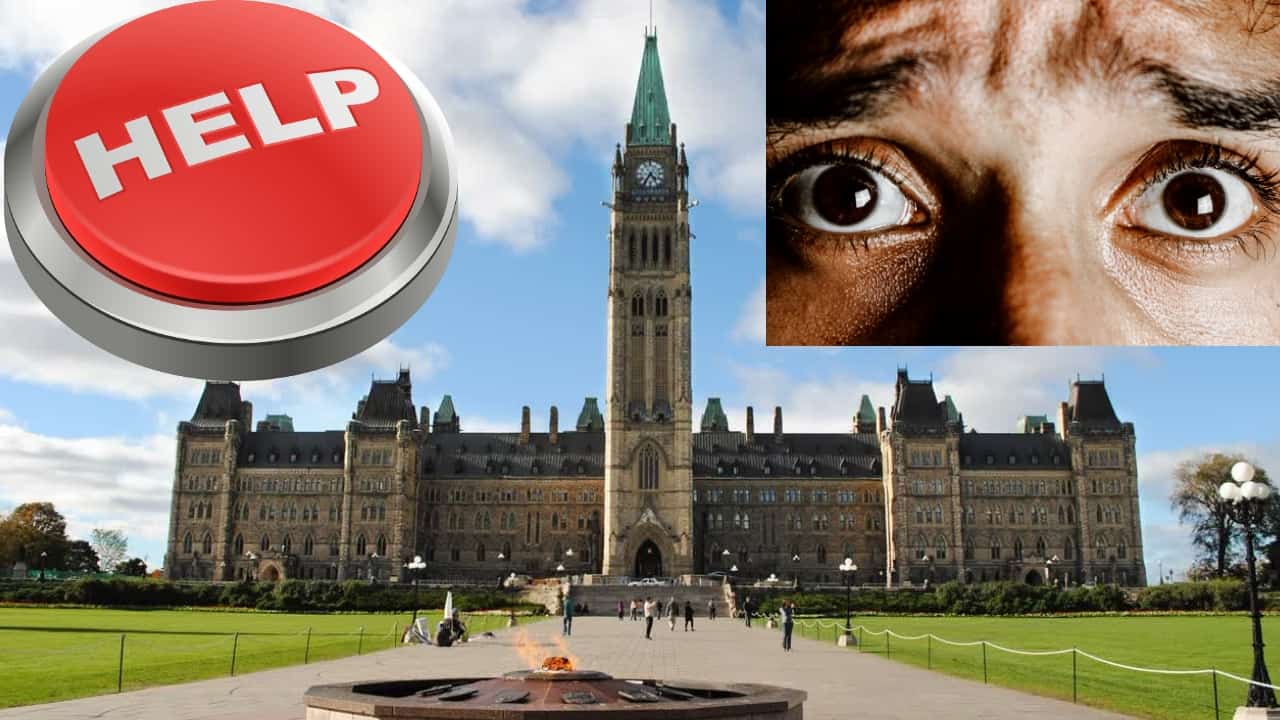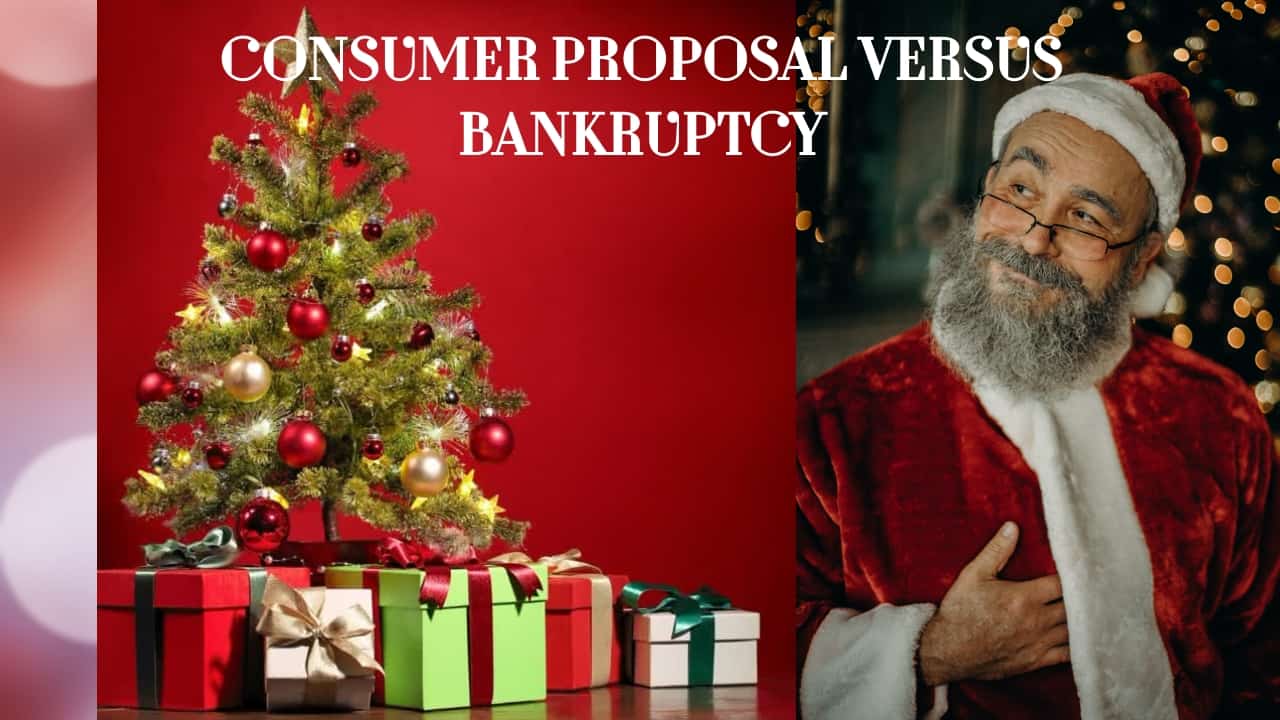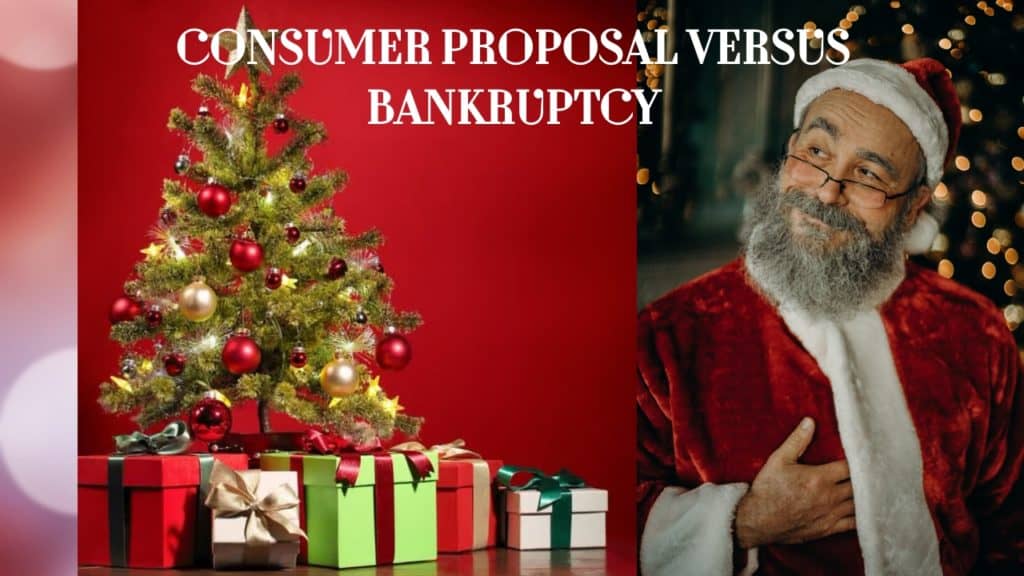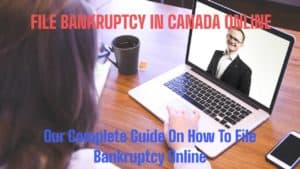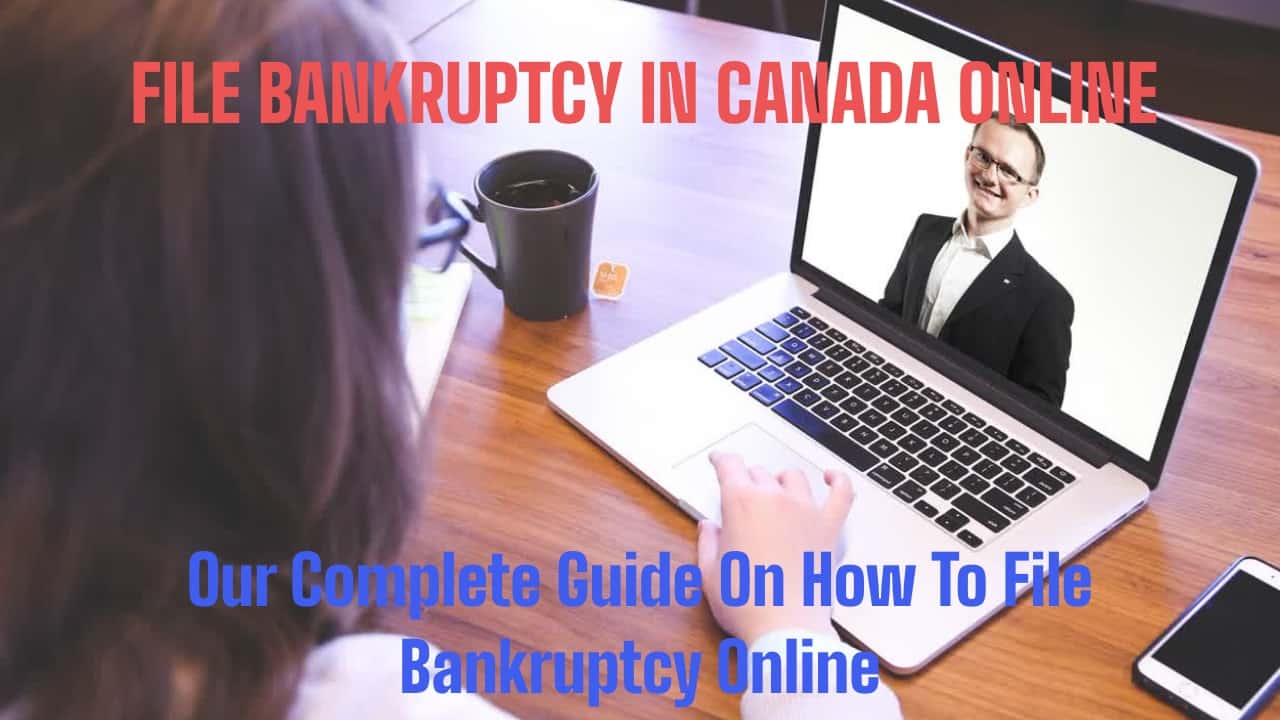We hope that you and your family are safe, healthy and secure during this coronavirus pandemic.
Ira Smith Trustee & Receiver Inc. is absolutely operational and Ira, in addition to Brandon Smith, is readily available for a telephone consultation or video meeting.
If you would prefer to listen to the audio version of this bankruptcy fraud Brandon Blog, please scroll to the very bottom and click play on the podcast.

Bankruptcy fraud introduction
Bankruptcy fraud is not something that the vast majority of individual Canadians engage in. Personal insolvency case filers can be for either a consumer proposal, Division I proposal or consumer bankruptcy filings under the Bankruptcy and Insolvency Act (Canada) (BIA) so that individuals can get the debt relief they need. Entrepreneurs can file a Division I proposal, or for corporate bankruptcy for when their company needs to either restructure or liquidate under the BIA. They can also file a Plan of Arrangement under the Companies’ Creditors Arrangement Act if their company qualifies under Canada’s insolvency laws.
Most of these individuals are honest and would never even think about bankruptcy fraud. They or their company have actually experienced such substantial financial difficulties leading to their insolvent financial condition, that the only thing they can do to solve the financial problems is to get relief within the Canadian insolvency system. Their problems may result from a job loss, a change in their household situation like divorce, a major disease resulting in loss of income and/or medical bills they cannot pay, bad financial advice, or most recently, the bottom falling out of their lives because of the COVID-19 pandemic.
There are instances, however, where an individual is not a victim and perhaps they are trying to pull off a bankrupt fraud crime. They will use misconduct to create abuse of the system and continue to trade and get credit understanding that they will never be able to pay back the money they are borrowing. There are people who try to use the insolvency system in Canada to get out of problems that they have created themselves through bad faith or fraud. They may even unknowingly cross the line into a white-collar financial crime and bankruptcy fraud.
In this Brandon Blog, I first discuss what bankruptcy fraud is and then comment on a very recent decision of the Supreme Court of British Columbia in Bankruptcy and Insolvency on what level of suspicion is necessary in order for the court to order an examination of the bankrupt or by extension, the designated officer of the bankrupt company.
What is bankruptcy fraud?
When I talk about bankruptcy fraud, it could include criminal fraud under the Criminal Code of Canada, but not necessarily. Bankruptcy fraud is a white-collar criminal activity that can be in several different forms.
The more common fraudulent activity that either is or are indicators of bankruptcy fraud committed under Canadian bankruptcy law (which may be just a bankruptcy offence or can also be a criminal code crime, depending on the circumstances) are:
- Disposing of or concealing assets prior to or right after the bankruptcy to avoid having to hand them over to the licensed insolvency trustee (formerly called a bankruptcy trustee or a trustee in bankruptcy).
- Records false transactions in a statement of account or hides, destroy or purposely misstates a schedule or other document pertaining to his/her/its assets or affairs.
- Obtains credit or any other goods or services arising from false depictions;
- Conceals claims or debt obligations against the debtor;
- Obtains credit without advising the people he is dealing with that he/she is bankrupt;
- Refuses to answer fully and honestly to questions posed in an examination taking place under the Bankruptcy and Insolvency Act (Canada) (BIA).
Anyone who is found guilty of an offence, whether from criminal fraud charges or not and is responsible, on a summary conviction basis, to a dollar fine not exceeding $5,000 or to jail time for a term not going beyond one year or to both, or on conviction on indictment, to a penalty not surpassing $10,000 or to jail time for a term not going beyond three years, or to both. So there are penalties from a bankruptcy offence finding and a bankruptcy fraud conviction.
What are bankruptcy offences and how are they and bankruptcy fraud discovered?
The bankruptcy offences are set out in sections 198-201 of the BIA, Canada’s bankruptcy law. They represent the kinds of activities that form the types of bankruptcy fraud outlined above. There are 3 normal ways that a Trustee can start identifying bankruptcy offences and bankruptcy fraud.
When a consumer proposal, larger corporate or personal restructuring proposal or a bankruptcy is filed, the licensed insolvency trustee is required to review the available books and records. Insolvency trustees must look for transactions that appear questionable.
Insolvency trustees prepare a report for the creditors in which the conduct of the insolvent debtor, including any issues like suspicious transactions, entered into, or suspected bankruptcy fraud, are reported. In a restructuring, the bankruptcy trustee must also advise what effect the transaction has on the creditors and what actions, if any, the licensed insolvency trustee is going to take. That is the first way that bankruptcy fraud and bankruptcy offences can be discovered.
The second way that bankruptcy offences and bankruptcy fraud can be discovered is from information available from creditors. The creditors have been dealing for some time with the individual or company filing for bankruptcy or the restructuring proposal. Creditors may very well have information about the debtor’s affairs that would be very useful. That information might just lead the licensed trustee to discover the offences.
The third way of getting more information about suspected bankruptcy fraud and offences is through conducting examinations.
Examination of the bankrupt or the designated officer of the bankrupt company
In this section, I will use the examination of the bankrupt regarding his or her property and examination of the designated officer concerning the company’s property and affairs, interchangeably.
Section 161(1) of the BIA allows for the examination of the bankrupt by the official receiver. An official receiver is a qualified person in the local office of the Superintendent of Bankruptcy Canada. In personal bankruptcy, this examination could be held any time prior to the discharge of the bankrupt.
The official receiver can examine the bankrupt under oath relative to the insolvent’s conduct, the reasons for the bankruptcy and the disposition of the bankrupt’s property. The official receiver can generally ask any questions they wish about the bankrupt’s conduct and affairs.
Section 163(1) of the BIA allows the Trustee, by ordinary resolution passed by the creditors or inspectors, may, without a court order, examine under oath before the registrar of the court or other authorized person:
- the bankrupt;
- any person fairly believed to have knowledge of the bankrupt’s affairs; or
- anyone who is or has been an agent, or a clerk, an officer, management or an employee of the bankrupt.
Essentially, anyone who has knowledge of the bankrupt’s affairs. This also includes anyone in possession of any books, records or documents regarding the affairs of the bankrupt. Such persons would also have to hand over those documents.
Section 163(2) allows any creditor or another interested person on sufficient cause being revealed (such as the suspicion of bankruptcy fraud) can apply for an order to be made for the examination of the bankrupt, under oath, before the registrar or other accredited person.
So as you can see from this description, the existence of this section of the BIA allowing for the ability to examine a person in connection with a bankruptcy filing is quite generous. The suspicion of the bankrupt trying to commit bankruptcy fraud can lead to a request for an examination of the bankrupt.
So the question becomes, can the examination process be used for a fishing expedition or does the Trustee or creditor need to have some evidence of wrongdoing? Do they need to have more than just a hunch? The BC court decision I am going to now describe seems to answer that question.
Bankruptcy fraud: Examination of the bankrupt court case background
The matter is Hanlon (Re), 2021 BCSC 40. Mr. Hanlon wants his bankruptcy discharge. However, a major creditor of his has reason to suspect that there is more information to be learned about Mr. Hanlon’s conduct, affairs and property. The creditor made an application under section 163(2) of the BIA.
A lady called Ms. Johnson acquired a judgment against Mr. Hanlon after a five-day defamation trial that occurred in August 2018. Ms. Johnson was granted an award of $27,500 against Mr. Hanlon.
On June 14, 2019, Mr. Hanlon filed a proposal under BIA. The proposal was unsuccessful and Mr. Hanlon was deemed to have filed an assignment in bankruptcy. The effect was as if Mr. Hanlon chose himself filing for bankruptcy. At the meeting of creditors, Mr. Hanlon said, which is recorded in the Minutes, that “there was an expectation that any amounts owing to his mother would be deducted from his inheritance.” The lawyer from the law firm representing Ms. Johnson was appointed an Inspector in the bankruptcy administration.
Ms. Johnson opposed the bankrupt’s discharge as she suspects bankruptcy fraud. On February 3, 2020, she filed an amended proof of claim. In it, she made an unsecured claim for $94,443.01, consisting of the original judgment, post-judgment interest, and a claim of $66,788.26 for special costs.

Bankruptcy fraud: The position of the bankrupt, creditor and Trustee
The creditor
Ms. Johnson is concerned that the bankrupt is trying to commit bankruptcy fraud. She argues that Mr. Hanlon and his mother should each be subjected to an examination for the purposes of finding more information to ensure that she can canvass concerns connected to:
- If he is a beneficiary under his mother’s will and the potential of an inheritance being received.
- Info about the status of his chequing account and credit cards, including his use of his mom’s bank card.
- Cash and loans Mr. Hanlon might have received from his mom and step-father.
- Exactly How Mr. Hanlon is paying for expenditures.
- Particulars any businesses the bankrupt runs, the revenue he gains, and whether he has been purposefully underemployed.
She says that examinations are necessary considering that the evidence produced to date sustains that “something is amiss” and also there is “a disconnect” with his current financial situation.
Ms. Johnson also wants approval to examine his mother about any financial arrangements between them. She also wants to examine the mother about any inheritance that her son is entitled to. Finally, she also wants to see a copy of the will. She suggests that his mother is directly attached to the bankruptcy estate.
The Trustee
The Trustee did not take any position on Ms. Johnson’s application. The Trustee advised the court that:
- An examination of Mr. Hanlon under oath happened already.
- Mr. Hanlon has been extremely honest with everything that he has been asked
- To her knowledge, there are no outstanding requests.
- It would be an uncommon request to demand the supply of a will from a person who is still living. If Mr. Hanlon’s mom passes away then the Trustee will take all needed actions to investigate the situation and the bankruptcy estate.
Ultimately, the Trustee is of the view that the bankrupt’s discharge hearing should happen as soon as possible. It has already been postponed. The Trustee had no indication that the bankrupt was trying to commit bankruptcy fraud.
The bankrupt
The bankrupt stated that his mom and stepfather are alive and generally in good health. If his mother passes away everything will certainly go to his stepfather. They have been wed for 40 years and their house remains in joint-tenancy. He advised that his mother is currently 85 years of age, she does need the use of a wheelchair and is deaf in both ears. His stepfather is either 72 or 73 years old. He opposes the examination of his mom as being in the nature of a fishing exploration.
He disputed that there is anything amiss about the documents provided and that he has not committed any bankruptcy offence or crime and that he has not entered into any suspicious transaction. He explains that there is a senior’s discount referral on his bank account due to the fact that it is a joint account with his stepfather who is elderly. He described that the only time he has used his mom’s charge card was to pay a process server (in one of his prior paralegal businesses) who called for a credit card over the phone. He rejects ever accessing his mother’s bank account.
He submits that he has supplied a description of his work history, consisting of what companies he was paid by. He also stated that he has provided all items the Trustee has ever asked for. He further submitted that the application should be dismissed as it is without benefit, a fishing expedition, and is being made solely for the purpose of delaying his discharge hearing.
Mr. Hanlon presented himself as an honest but unfortunate person that is not trying to commit bankruptcy fraud.
Bankruptcy fraud: The court decision for the request to examine the bankrupt
The court accepted there were issues raised that need more information. An example of one is that the bankrupt did not list any debts owing to either his mother or stepfather in his sworn Statement of Affairs. He stated at this hearing that he was not conscious that such household debts were to be included in his bankruptcy. The situation of loans from his mother or stepfather and the arrangements need more clarification.
It is not totally clear to what degree there has actually been some intermingling of the bankrupt’s affairs with his mother’s yet the evidence does support that he has utilized her credit card. He claims it was only once however the creditor is entitled to explore this issue. The bankrupt admitted that his mom supplies him with money to pay a specific expense or expenses. He is living with his mother and stepfather in a self-contained bachelor suite and is not paying rent.
The particulars of his revenue and work are also uncertain and there was a discrepancy between the bankrupt’s evidence and one record of employment he received. An examination would shed additional light on this incongruity in addition to the allegation made that he is purposefully underemployed.
The judge was persuaded that sufficient cause has been revealed by Ms. Johnson to support an examination of Mr. Hanlon under s. 163( 2) of the BIA. The judge was also satisfied that such an examination has the possibility of benefitting the general body of creditors and it is not just a fishing expedition. Accordingly, the court ordered that the bankrupt attend an exam at a time and location to be fixed. The assessment will be limited to two hours. The expenses of the exam and getting a transcript will certainly be for Ms. Johnson’s account.
The court decision about the request for documents and to examine the bankrupt’s mother
The court felt that the applicant was looking for too wide an order for the production of documents. The court directed that Ms. Johnson set the particulars of the documents she is looking for using a letter to Mr. Hanlon, with a copy to the Trustee. This letter laying out the particulars of the documents should be supplied at the very least three weeks before the exam takes place. The judge ordered that the bankrupt will deliver the files he has in his possession or control no later than 7 days prior to the day scheduled for his exam.
Concerning his mother’s will, the court was not encouraged that the production of the will to prove that the bankrupt will be getting any type of inheritance was necessary. Even if he is a beneficiary under his mom’s will, she is alive and there was no evidence that he will certainly acquire anything as a beneficiary either now or in the future.
The evidence established that his mother is married with the majority of the value of her assets registered in joint-tenancy with her husband. The evidence also showed that his stepfather is more than 10 years younger than his mother. The court decided that the will should not be produced, but that did not restrict Ms. Johnson from checking out issues associated with any kind of prospective inheritance at the examination.
The judge was not satisfied that his mother ought to be required to participate in interviews. Such an examination would be oppressive because of his mother’s age, being 85 years old, her current health standing, although she did not have any specific illness, as well as the existing COVID-19 pandemic.
The court also took judicial notice of the fact that in the sworn statement of service, the server deposes that when he served the application on the bankrupt’s mother, she did not appear to comprehend that she was being served with legal papers. So any inquiries regarding the use of her credit cards by the bankrupt or how he is paying for his living expenditures can be canvassed at the exam of the bankrupt. Ms. Johnson’s application to examine the mother was denied.
Bankruptcy fraud and examination of the bankrupt: Other matters
The judge was also completely satisfied that an order should be made that any discharge hearing happens after the examination has been completed. In order that there is no delay, the court directed that the examination is to be finished before February 28, 2021. The bankrupt is to cooperate by establishing a day for the exam within this period. The discharge hearing can be set up for a day beginning in March 2021.
It will be up to the presider of the discharge hearing to ultimately decide what consideration ought to be given on any kind of possible inheritance when determining the disposition of the bankrupt’s application for discharge.
Finally, Ms. Johnson was awarded costs against the bankrupt. This cost award is a post-filing debt that will not be released by the bankrupt’s discharge from bankruptcy.
Bankruptcy fraud summary
I hope you enjoyed this bankruptcy fraud Brandon Blog post. If you are concerned because you or your business are dealing with substantial debt challenges and you assume bankruptcy is your only option, call me. It is not your fault that you remain in this way. You have actually been only shown the old ways to try to deal with financial issues. These old ways do not work anymore.
The Ira Smith Team utilizes new modern-day ways to get you out of your debt difficulties while avoiding bankruptcy. We can get you the relief you need and so deserve.
The tension put upon you is big. We know your discomfort factors. We will check out your entire situation and design a new approach that is as unique as you and your problems; financial and emotional. We will take the weight off of your shoulders and blow away the dark cloud hanging over you. We will design a debt settlement strategy for you. We know that we can help you now.
We understand that people and businesses facing financial issues need a realistic lifeline. There is no “one solution fits all” method with the Ira Smith Team. Not everyone has to file bankruptcy in Canada. The majority of our clients never do. We help many people and companies stay clear of bankruptcy.
That is why we can establish a new restructuring procedure for paying down debt that will be built just for you. It will be as one-of-a-kind as the economic issues and discomfort you are encountering. If any one of this seems familiar to you and you are serious about getting the solution you need, contact the Ira Smith Trustee & Receiver Inc. group today.
Call us now for a no-cost consultation.
We will get you or your business back up driving to healthy and balanced trouble-free operations and get rid of the discomfort factors in your life, Starting Over, Starting Now.
We hope that you and your family are safe, healthy and secure during this coronavirus pandemic.
Ira Smith Trustee & Receiver Inc. is absolutely operational and Ira, in addition to Brandon Smith, is readily available for a telephone consultation or video meeting.

